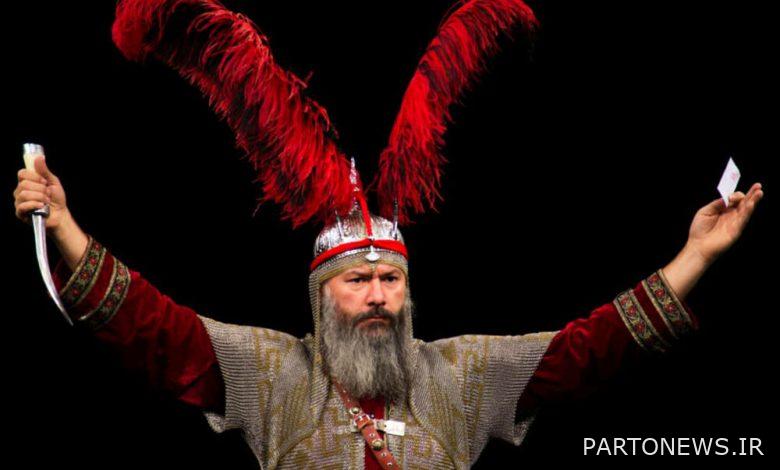We made the first “Taziya TV” / an art that the world is thirsty for – Mehr News Agency Iran and world’s news

Muslim Nadalizadeh, the director and producer of the “Blatshabiyeh” series, who produced a televised ta’zia for the first time, told Mehr reporter about it: Bringing traditional mourning in the television frame is possible due to the fact that the TV audience is wide and there are many reasons. It is on the agenda of television networks that they cannot attend the mourning gatherings, but they want to.
He added: One of the types of mourning is reciting, and due to the issues that have arisen such as the restrictions of the corona virus, unlike the situation where people have always gone to the mourning assembly, now we have made Ta’ziyeh in people’s homes.
This director said about the differences between tele-Tazzieh and documentaries that show Tazzieh: In documentaries, the goal is to introduce impersonation and show parts of it, but in this collection, we show parts of the Ashura event in the form of imitation and in a narrative way. And we show it continuously, for example, from the first part, which is the dispatch of Muslim bin Aqeel to Kufa, until Ashura and the death of Hazrat Ruqayyah (PBUH), all of this is shown in a continuous show, but in the form of simile reading. The narrator of the program also narrates other aspects of the event in the middle of these episodes. Based on this, the collection of Blatshabiyeh is a connected collection that is the summary of 14 Majlis Ta’ziyeh.
He pointed to other items in the “Blatshabiyeh” collection and stated: The musical analysis of assemblies is one of these items, where the relevant expert introduces and analyzes the tunes, corners, and vocal devices in each part. We have numerous gatherings of simulative reading that reach a thousand titles. In general, we tried to make this program both fictional and narrative, and people could see similes.

This director introduced this incident for the first time on TV and said: “Tenth Night” series have been made on TV and some parts of Ta’ziyeh have been shown, or programs have been aired that only reflect scenes of Ta’ziyeh. But this is the first televised or tele-tazzieh made with studio facilities.
He said about attracting audience to this series: It is still too early to judge, but we tried to bring Taazieh to TV. Our audience was previously deprived of seeing this model of mourning in the frame of the national media, and this possibility has now been provided.

This producer explained about the artists of these tazizis: In this program, singers from different parts of the country are present, their number reaches 40 people, and trumpet, drum and reed instruments are also used.
He, who himself is from a family of reciters, said about this ritual art: Recitation has not become obsolete and is still the most central type of mourning in many parts of the country, and other elements of mourning are on the sidelines. Tehran’s share of this art may be less, but in the cities, the attention to impersonation is still high, and people participate in these gatherings with interest, and it must be acknowledged that Ta’zieh is still alive as the most precious heritage of dramatic literature in Iran.

Nad Alizadeh also said about the attention of artists of the world to Iran’s Ta’zieh: Ta’zieh has received the attention of thinkers in the world since 50 years ago. New things should be done about Ta’ziyeh and in some way, the world who is thirsty to see Ta’ziyeh should be taken into consideration. It should be possible to produce and present examples of excellent Ta’ziyeh.
In the end, he said: “Despite being welcomed by the world, we have not created this familiarity and we have not used the capacities of Ta’zia.” Taizia is an Iranian Islamic media and if we don’t appreciate it, we have left a huge capital. Emulation is a valuable asset that can benefit our many generations for a long time.

